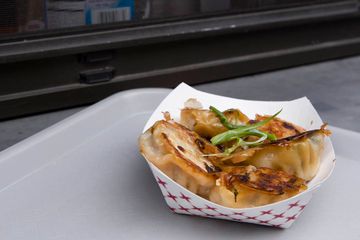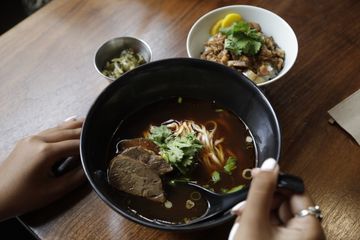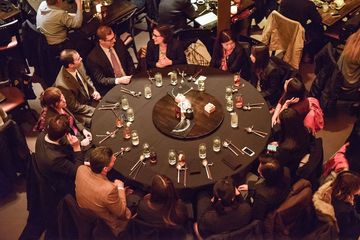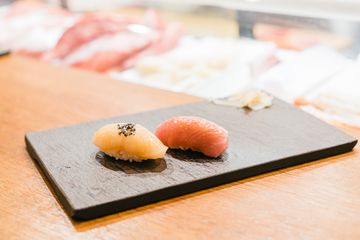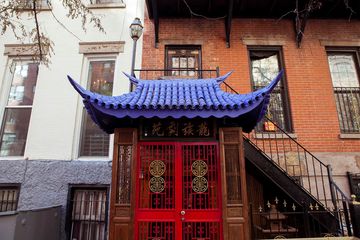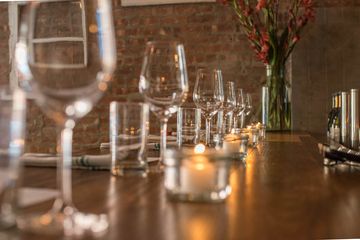“My parents were definitely not thrilled when I opened the restaurant, ” said Thomas Chen, executive chef and founder of Tuome. It didn’t matter that he had taken classes at the International Culinary Center or worked at restaurants as renowned as Jean-Georges, Commerce, and Eleven Madison Park. His parents, Chinese immigrants who had opened a restaurant to survive, believed that working as a chef was not the way to a better life. Since Tuome opened in 2014 to great critical acclaim, Thomas’ parents have started to come around. But no matter what they think of the restaurant, there is no denying the huge influence they have had on Tuome. According to Thomas, many of the menu items—including his personal favorite, chicken with gem lettuce—are modeled on the foods he ate as a child. Even the restaurant’s name is a tribute to his mother, who called him “Tommy” as a child, but pronounced it “Toe-me. ”Thomas has also taken culinary cues from the high-end New York restaurants where he started his career, and he describes Tuome as “American with Asian influences. ” A trip to Asia played an important role in his cooking style as well—he was especially inspired by the made-to-order dim sum in Hong Kong and the unique flavors of Thai food. I was eager to ask Thomas about his entrees, many of which require hours of preparation. The “Pig Out for Two, ” one of Tuome’s best-selling dishes, is cooked for fifteen hours in duck fat, while the veal and the egg tartare both take three hours to prepare. “We do sell out at a certain point, ” Thomas explained, “because we only have one convection oven and the amount of food we can produce is limited. ” But the restaurant has never had any catastrophes; a former accountant, Thomas has a system in place to predict how much food he will need on any given night. With its hip décor and intimate atmosphere, Tuome is perfect for a weekend date night. But Tuesdays may, in fact, be the best day to stop by, as Thomas tends to showcase off-menu dinner and dessert items at the beginning of the week. I asked him for a few examples and immediately regretted it—for the rest of the afternoon, I daydreamed about duck dumplings, summer sundaes, and Chinese beignets with goat’s milk caramel, fig jam, and red bean glazed ice cream. When I asked Thomas what he cooks at home, he smiled sheepishly. “I don’t really cook at home, ” he said. “Water bottles are the only thing in my fridge. ” Instead, he often goes out to eat at restaurants near his house, finding inspiration in their unique flavors and ingredients. Though he doesn’t live in the East Village, he decided to open a restaurant there because he was attracted to the atmosphere. “It’s a melting pot for different cuisines, ” he told me, “and the locals really appreciate good food in a casual setting. ” Tuome is also a favorite among foreigners—particularly tourists from France, Switzerland, and Hong Kong—who discover the restaurant online. On my way out the door, I asked Thomas about the challenges of owning a restaurant. The hardest part, he told me, is the lack of sleep—on a normal day, he arrives at Tuome around 1pm and doesn’t leave until 1am. But he loves experimenting with new ingredients and creating his own menu, and he is constantly searching for ways to improve the restaurant. And that is what he plans on doing in the near future: changing Tuome’s menu seasonally, mixing things up, evolving.

